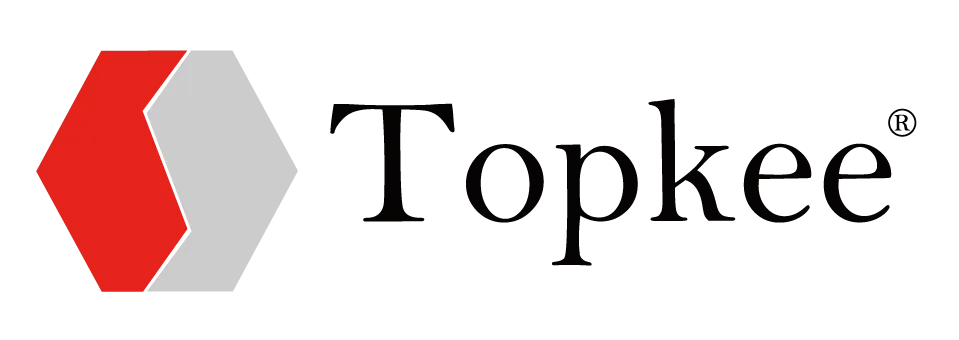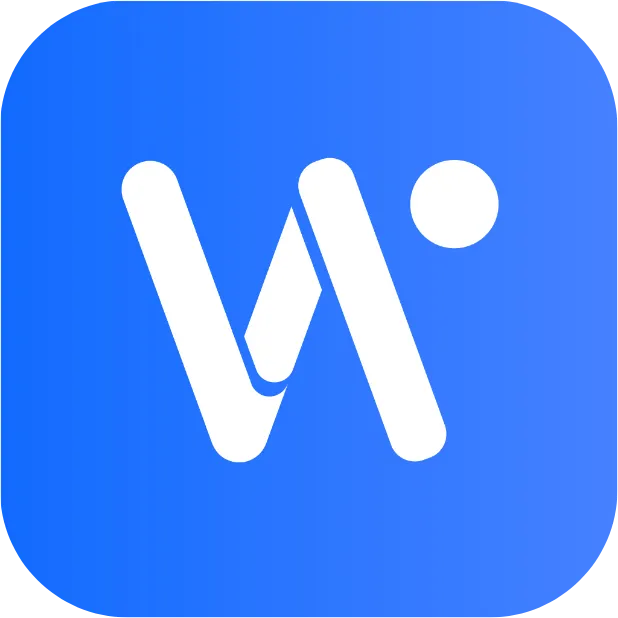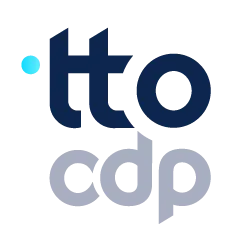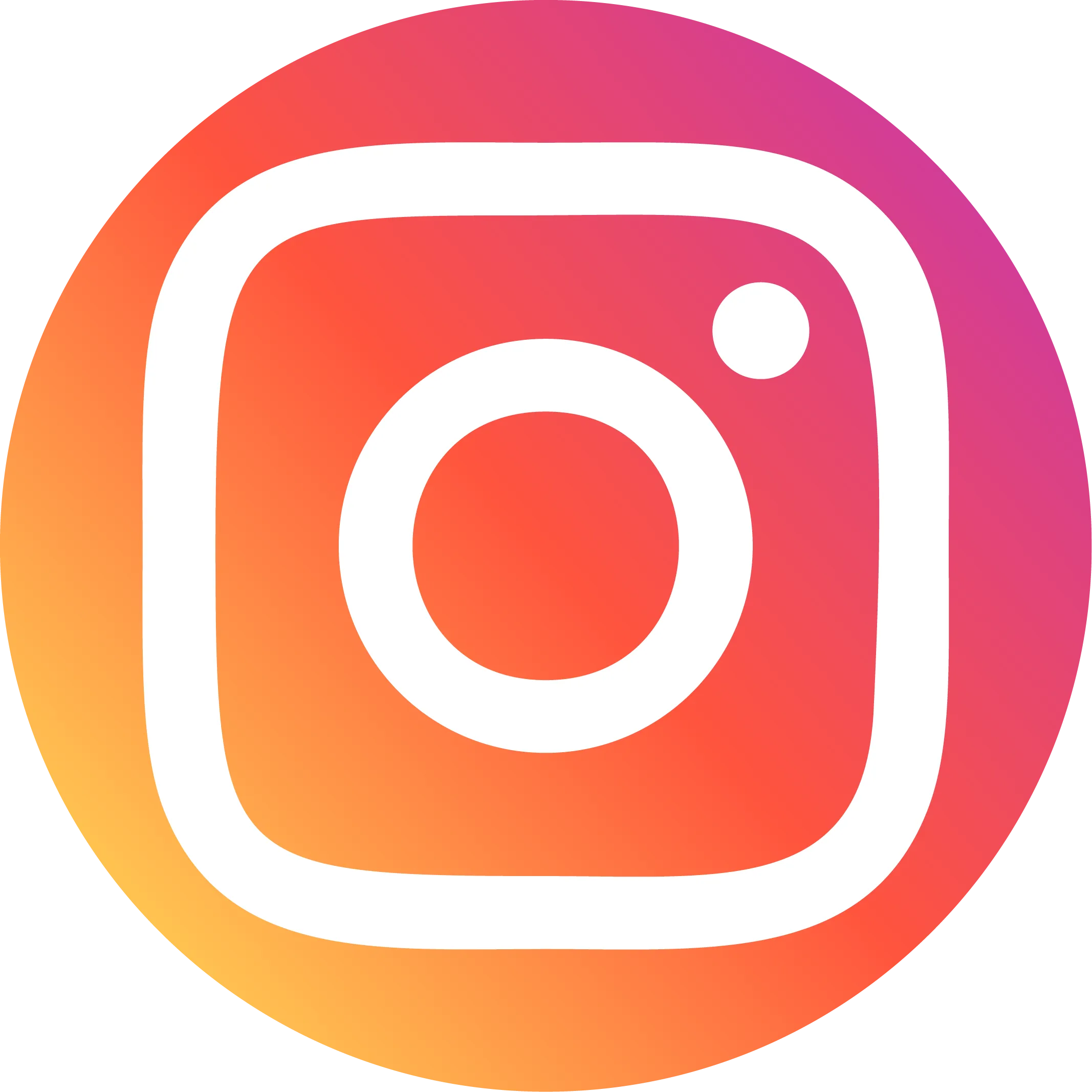How to 3X Your Tourism Ad CTR: Google Ads AI Secrets Revealed
In June 2024, Google Ads officially announced the launch of an AI-driven brand recommendation feature in Google Ads. This change is reshaping the digital marketing landscape of the tourism industry. According to the latest data, competition in the global tourism market has entered a white-hot stage. Consumers are exposed to tourism content in various forms, from 15-hour live broadcasts to 15-second short videos every day, and the conversion rate of traditional static ads continues to decline. Against this background, leading tourism platforms such as Civitatis have successfully achieved a breakthrough growth of 300% increase in click-through rate through Google Ads' AI material optimization technology. This article will deeply analyze how AI can solve the material dilemma faced by tourism advertising, from dynamic combination generation technology to privacy-compliant audience expansion mechanism, to provide a complete practical framework to help tourism operators maximize advertising ROI with limited budgets.
I. Background of Google Ads material revolution and application of AI technology
1.1 Market challenges faced by tourism advertising
Today's tourism market is facing an unprecedented content saturation dilemma. Consumers are bombarded with various forms of tourism content every day, from long travel notes to short videos. This diversified content consumption habit has greatly reduced the effectiveness of traditional static advertising. According to industry data, the conversion rate of pure image advertising has been declining for three consecutive years. Tourism operators are also facing the challenge of platform fragmentation. Each platform has different material specifications. From YouTube's horizontal videos to Shorts' vertical format, to Discover's image ratio, it takes a lot of manpower and material resources to produce materials that meet the specifications of all platforms. What's more difficult is that audiences in different regions have obvious differences in their acceptance of advertising messages. A video that resonates in Spain may not respond well in the Mexican market. This regional preference further increases the complexity of material production.
1.2 Introduction to Google AI-driven brand recommendation function
The Google AI brand recommendation function launched in June 2024 provides a breakthrough solution for travel advertisers. This intelligent system located on the Google Ads "Recommendation" page can deeply analyze account history data, advertising campaign settings and platform trends, and automatically generate personalized optimization suggestions. The system is specially designed for brand awareness and purchase intent campaigns (CPM and CPV), forming a complete closed loop with existing CPA campaign recommendations. In actual applications, AI will suggest specific optimization actions such as adding guide ads and adjusting the video aspect ratio, and provide estimated effect indicators so that decision makers can clearly understand the exposure increase or cost savings that each adjustment may bring. These suggestions are updated every week, and as AI's understanding of the account deepens, the accuracy of the recommendations continues to improve.

II. Specific mechanism of AI optimization of tourism advertising materials
2.1 Analysis of dynamic combination generation technology
The core of Google Ads' AI material optimization lies in its advanced dynamic combination engine, which can deconstruct the uploaded original materials into basic elements and then intelligently reorganize them according to audience characteristics and behavior predictions. For example, in the case of Civitatis, an 18-second original video, 5 pictures, and 3 sets of titles can generate more than 120 effective advertising variations after AI processing. The system monitors the performance indicators of each combination in real time, and uses a multi-armed bandit algorithm to continuously adjust the display ratio to ensure that the best creatives get the most exposure opportunities. On the technical level, this engine integrates three AI modules: computer vision analysis, natural language processing, and predictive modeling. It can accurately determine which visual elements and copywriting combinations can best trigger the click impulse of specific audience groups. For example, for family groups, the child-friendly facilities may be automatically enhanced with "parent-child fun" copywriting; while for the elderly, barrier-free design and slow-paced experience will be highlighted.
2.2 Automatic cross-platform format adaptation function
One of the biggest challenges of tourism advertising is the fragmented requirements of different platforms for material specifications. Google Ads' AI system perfectly solves this problem through intelligent cropping and format conversion technology. When advertisers upload horizontal videos, AI will automatically generate vertical versions to adapt to the Shorts platform while keeping key visual elements from being cropped. Behind this function is the picture analysis technology based on the attention mechanism. The system can identify the subject and important scenes in the video and give priority to retaining these high-value areas when converting the format. In actual application, Civitatis only needs to prepare standard materials, and AI will automatically output optimized versions that meet up to 8 display environments such as YouTube, Discover, and Gmail, greatly reducing production costs. Data shows that the completion rate of vertical videos adapted by AI on the Shorts platform is 42% higher than that of manually cropped versions, proving that machine learning has surpassed the level of general designers in visual composition.
2.3 Audience behavior prediction and personalized delivery
Google Ads' AI system is based on large-scale user behavior data training and can accurately predict the conversion paths and preferences of different groups of people. The system analyzes hundreds of implicit feature dimensions, from browsing time, device type to content interaction mode, to build a multi-level audience portrait. The tourism industry is particularly benefited by this technology because consumer needs vary significantly at different stages of travel: users in the itinerary planning period may respond best to attraction overview videos, while travelers about to depart are more sensitive to instant booking offers. AI will automatically select the most relevant material combination for display based on these subtle intent signals. Civitatis case shows that after using AI personalized delivery, the relevance score of its ads increased by 2.3 times and the conversion cost decreased by 35%, proving that the accuracy of the prediction model has reached a practical level.

III. Empirical Case: Civitatis’ 3x CTR Breakthrough
3.1 The Transformation Process from Static Images to Dynamic Videos
As the world’s leading Spanish-speaking travel platform, Civitatis’ digital marketing team was the first to realize the limitations of static materials. Before the introduction of Google Ads’ AI optimization, images accounted for 85% of its ad material library, and video resources were seriously insufficient and in a single format. The transformation began with systematic content reconstruction. The team first selected 20 of the most representative travel experience videos, covering multiple themes such as city tours and food experiences, and supplemented key vertical format materials with AI suggestions. After these original resources were uploaded, the AI system automatically generated more than 300 creative combinations, including horizontal videos, vertical short films, carousel images and other forms. It is worth noting that the team did not completely abandon static materials, but let AI intelligently mix dynamic and static elements - data shows that in some purchase decision stages, the effect of static images with dynamic titles is better than pure video ads.
3.2 Comparison of A/B test data of AI creative combination
Civitatis conducted a rigorous two-month A/B test to compare the performance differences between AI-optimized campaigns and manually managed versions. The control group adopted the traditional manual creative selection and delivery strategy, while the experimental group was completely decided by the AI system of Google Ads. The results showed that the click-through rate of the AI group was 3.2 times that of the manual group, and the cost per conversion was reduced by 28%. In-depth analysis found that the advantage of AI is that it can quickly identify small but critical trend changes-when a destination gains attention due to breaking news, AI will automatically increase the exposure of related ads within 6 hours, while manual adjustments usually require 24-48 hours of response time. Another surprising discovery is that the "unconventional" creative combinations generated by AI (such as matching food pictures with cultural interpretation copy) have the highest conversion rate. This kind of unconventional combination often exceeds the imagination of human marketers.
3.3 The explosive performance of vertical video format on the Shorts platform
The Shorts platform has become the biggest surprise of Civitatis' transformation this time, and the performance of vertical video ads has far exceeded expectations. The AI system automatically converts horizontal videos into a vertical format suitable for full-screen viewing on mobile phones, and intelligently selects the most eye-catching 15-second clips in the video. Data shows that the average viewing completion rate of these AI-optimized short videos is 78%, more than twice the industry benchmark. Of particular note is the improvement in the "call to action" effect. The click-through rate of the booking button of Shorts ads is 320% higher than that of traditional horizontal videos, proving the influence of native mobile content on travel decisions. The Civitatis team revealed that 45% of the conversions brought by these vertical videos came from young people aged 18-24 who are difficult to reach with traditional advertising, successfully helping the platform expand new customer groups.
IV. Topkee's Google Ads solution
Topkee's Google Ads solution is a complete digital marketing service system that focuses on helping companies achieve business growth through the Google advertising platform. The solution covers the entire process from early strategic planning to later effect optimization, and is suitable for corporate customers of all sizes. In terms of service architecture, Topkee will first conduct a comprehensive website evaluation, use professional website scoring tools to diagnose the client's website, generate a detailed SEO problem report and provide optimization suggestions to ensure that the website content meets the search engine optimization standards and improves the ranking performance in the search results. This basic work has a key impact on the subsequent advertising effect and can effectively improve the conversion rate of potential customers.
At the technical tool level, Topkee has developed the TTO CDP as the core management platform. The tool has multi-account management functions, which can realize operations such as advertising account opening, media budget association, account authorization, and supports the association setting of multiple tag IDs to ensure the accuracy of data tracking. The TTO system can also automatically complete the setting of conversion events and synchronize them to the advertising background according to the conversion goals set by the customer, realizing a fully automated process for data processing. To enhance the tracking effect, Topkee also provides TM setting services, which is a more flexible tracking solution than traditional UTM parameters. TM allows customized tracking rules based on multiple dimensions such as advertising source, media type, and activity name, and generates exclusive landing page links with TMID, so that customers can accurately grasp the advertising effectiveness data of each channel .
In the strategic planning stage, Topkee will collect information from multiple dimensions such as market trends and competitive situations based on the business characteristics of customers, and formulate professional marketing activity theme proposals. These proposals are fully communicated and confirmed with customers to ensure the feasibility and expected results of the plan. Keyword research is another core service. Topkee's professional team will deeply analyze the customer's business field, refine core keywords based on the situation of competitors, and use professional tools to continuously expand the keyword library. On this basis, advanced strategies such as smart bidding and broad matching are integrated to improve the coverage and accuracy of advertising. The creative production stage combines AI technology with professional design to generate high-quality advertising copy and visual materials based on product characteristics and market demand to ensure the attractiveness and conversion effect of creative content.

Conclusion
Google Ads' AI creative revolution is reshaping the tourism marketing landscape. Civitatis's 3x click-through rate growth shows that intelligent technology can actually solve the long-standing creative dilemma faced by the industry. The core value of this revolution lies in balancing innovation and efficiency—AI not only brings breakthrough creative combination capabilities, but also greatly reduces manpower and time costs. With the maturity of privacy protection technology, tourism operators can accurately reach high-value customer groups under the premise of compliance. We recommend that tourism companies of all sizes start from the most urgent creative pain points according to their own situation and gradually introduce AI optimization functions. If you need to learn more about how to apply these technologies to your specific business scenarios, please contact our professional consulting team to obtain a personalized implementation roadmap and estimated results analysis.







